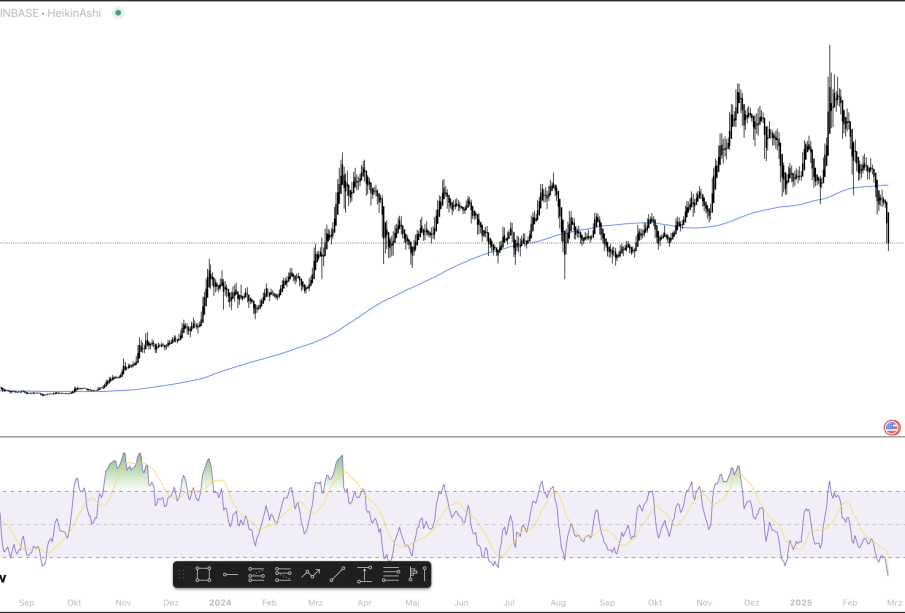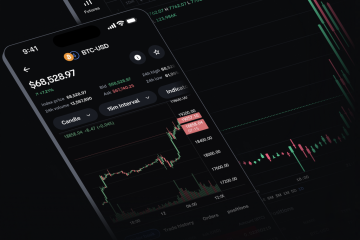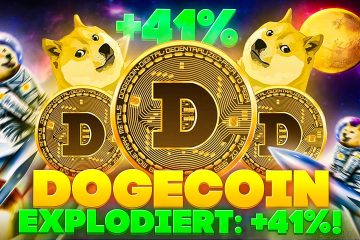The Ascendancy of Solana in the Cryptocurrency Space

Introduction
Solana, a high-performance blockchain platform, has garnered significant attention in the cryptocurrency world due to its remarkable speed, scalability, and low transaction costs. As decentralized applications (dApps) grow in popularity, Solana’s relevance becomes increasingly prominent. It offers a viable alternative to Ethereum, especially for developers seeking to build impactful blockchain solutions.
Key Features of Solana
Launched in 2020, Solana employs a unique consensus mechanism known as Proof of History (PoH), which allows for lightning-fast transactions. The platform is capable of processing up to 65,000 transactions per second, making it one of the fastest blockchain networks available. This speed is crucial for applications that require rapid execution, such as decentralized finance (DeFi) platforms and non-fungible tokens (NFTs).
In addition to high throughput, Solana’s transaction fees remain extraordinarily low, often mere fractions of a cent. This affordability makes it an attractive option for investors and developers alike, especially in a climate where Ethereum’s gas fees can be prohibitively high.
Recent Developments
As of October 2023, Solana has continued to expand its ecosystem with various projects emerging within its network. One notable milestone is the launch of the Solana-based NFT marketplace, which has gained traction among artists and collectors. Furthermore, various DeFi protocols have chosen Solana for their operations, including lending platforms and decentralized exchanges.
Additionally, the growing community of developers and enthusiasts around Solana has led to significant partnerships and initiatives. Major companies are investing in or building on the Solana platform, indicating confidence in its potential longevity and impact in the crypto space.
Challenges Ahead
Despite its successes, Solana faces challenges. The network has experienced outages in the past, raising concerns about its reliability and security. Critics argue that Solana’s relatively centralized structure could be a vulnerability, particularly as the crypto landscape shifts towards decentralization.
Conclusion
In conclusion, Solana’s rapid ascent as a leading blockchain platform highlights the ongoing evolution of cryptocurrency technology. Its unique qualities, including speed, cost-effectiveness, and an enriched developer ecosystem, make it a formidable player against established networks like Ethereum. As Solana continues to innovate and improve its infrastructure, closely observing its trajectory will be essential for anyone interested in the future of decentralized finance and blockchain applications. The next few months could see significant developments that further solidify Solana’s place in the cryptocurrency ecosystem.









